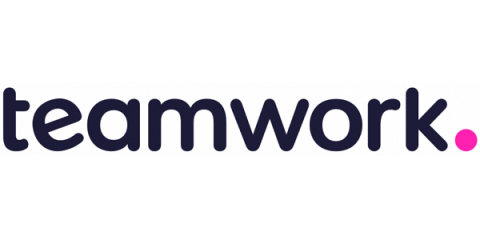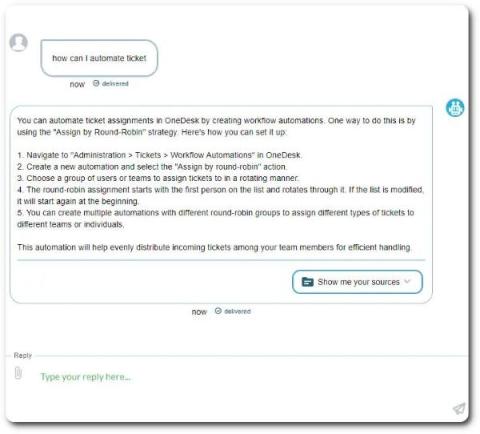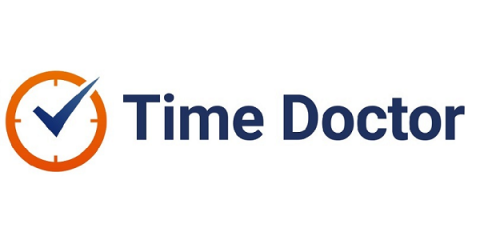8 steps to write an effective project status report
Effective project status reports are the best way to keep your stakeholders aligned and in the loop during your project progress. These high-level updates proactively let your team know if a project is on track, at risk, or off track—so you can course correct if necessary to hit your deadlines every time. Learn how to create project status reports in a few easy steps, plus check out a template you can use right away.






